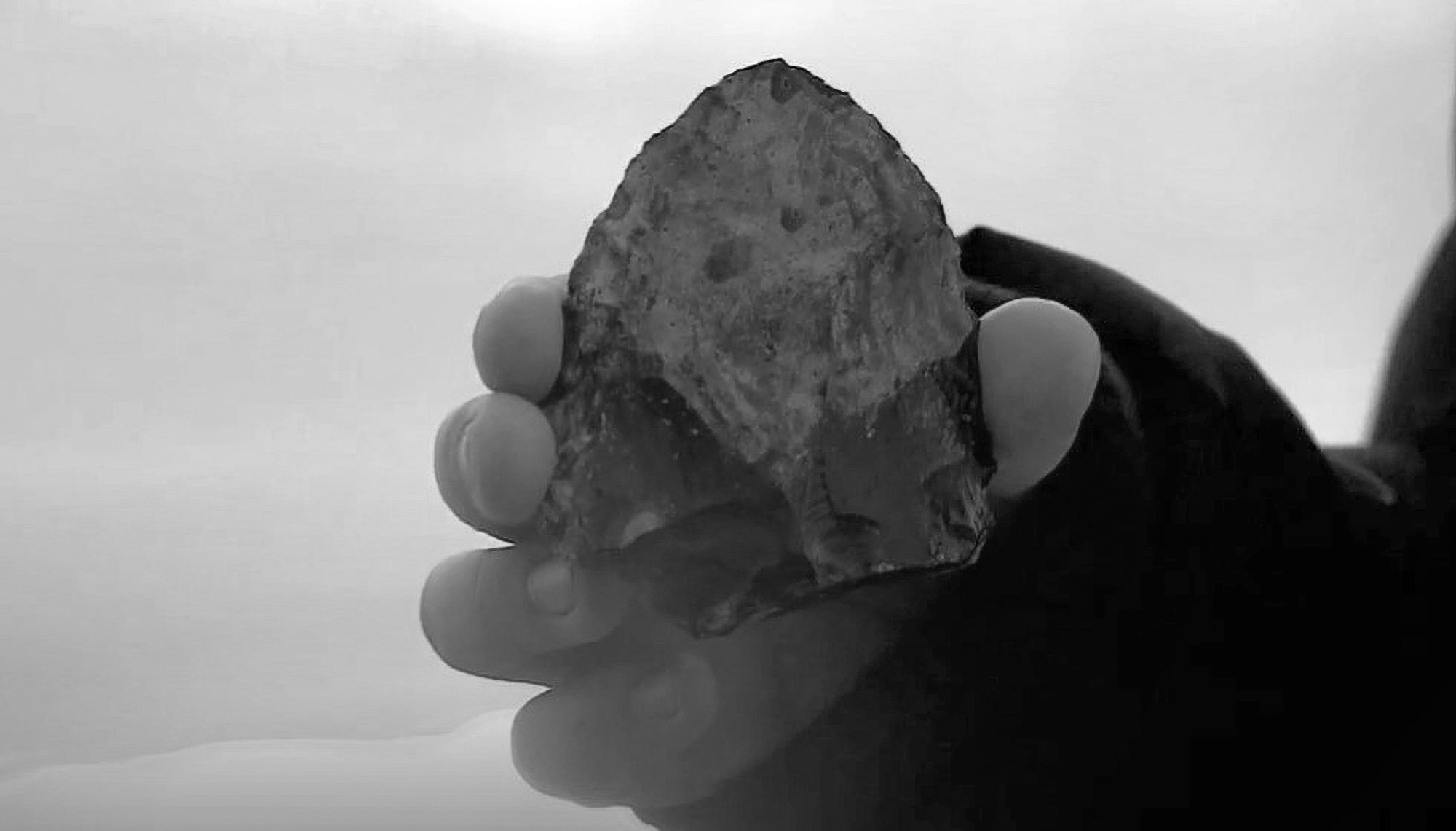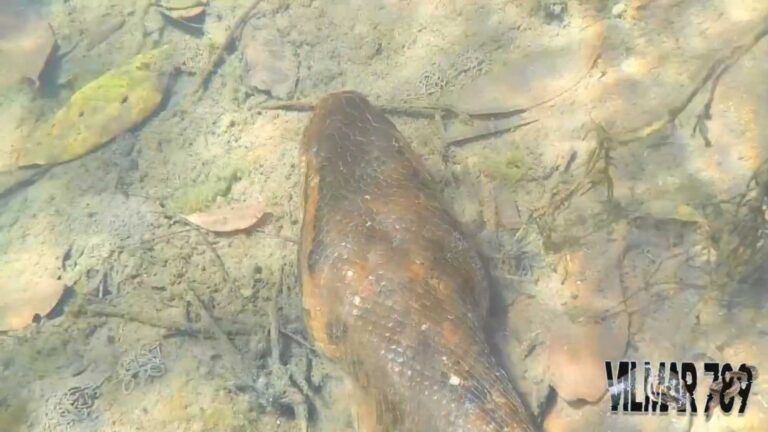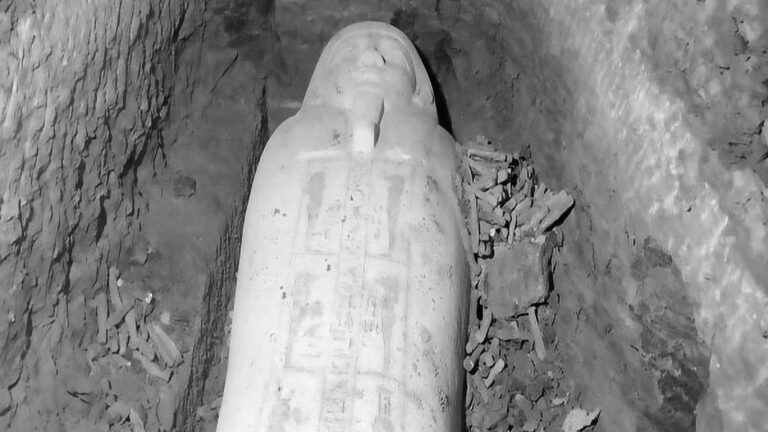A sharp stone found by a 10-year-old boy on the beach has turned out to be a rare Neanderthal hand axe.
The find took place in the south-western Dutch city of Vlissingen after the prehistoric tool surfaced on the freshly dredged beach.
Declan Corstens found the stone and took it home, not realising the significance of his find. He told local media: “I had it in my room for a while.”
However, because the object was so sharp, Corstens’ mother suspected it was more than just a stone and she contacted Hans Jongepier of the Zeeland Cultural Heritage Foundation, who is Corstens’ uncle.
Jongepier looked at the find and immediately noticed it was a hand axe.
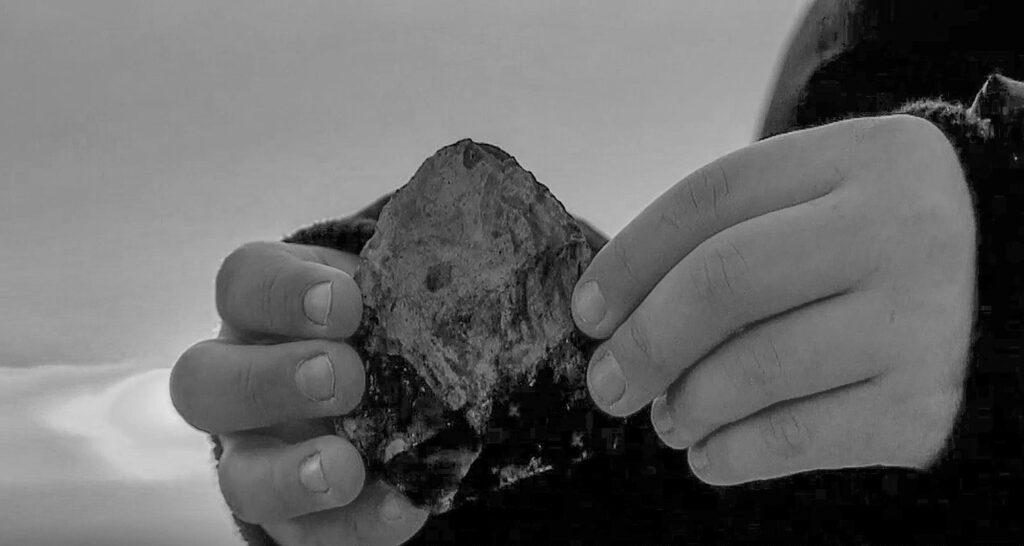
Prehistory curator Luc Amkreutz of the National Museum of Antiquities in Leiden told local media: “There are a few dozen known cases of hand axes found along the coast.
“Most of them were found at the Maasvlakte (extension of the Port of Rotterdam) because large stretches of beach were reclaimed there.”
The hand axe is believed to be at least 40,000 years old.
Amkreutz told local media: “It was around the same time that the Neanderthals disappeared from Europe and Asia. So there is a good chance it is even older.”
According to the curator, the North Sea is a haven for prehistoric artefacts. After the Ice Age, sea levels rose, flooding a large area.
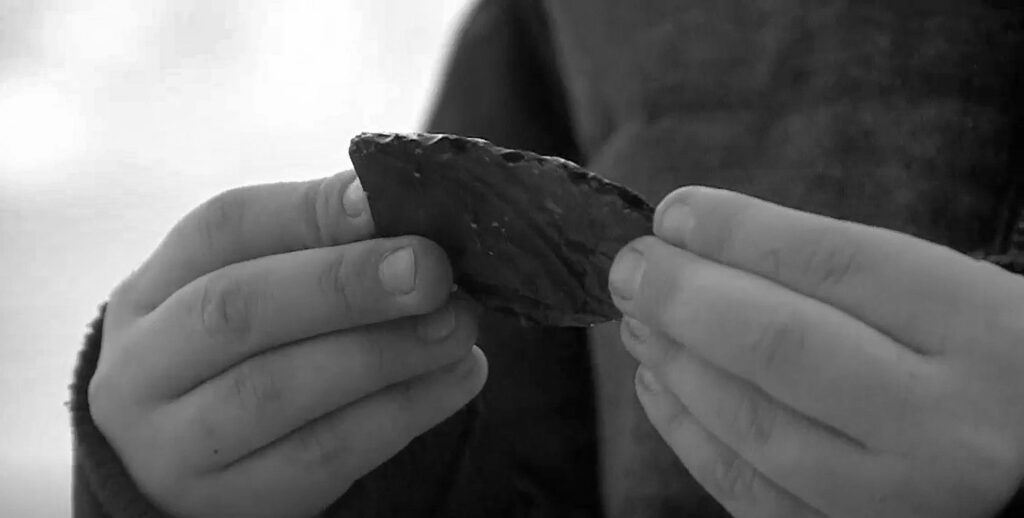
The hand axe of a Neanderthal man that was found on the beach of Vlissingen by 10-year-old Declan Corstens 
The hand axe of a Neanderthal man that was found on the beach of Vlissingen by 10-year-old Declan Corstens
He explained: “Those underwater landscapes are full of well-preserved objects and they are increasingly coming to the surface because we are so intensively reclaiming the coast.”
Amkreutz told local media that the hand axe is an iconic Neanderthal object. “They had many other kinds of tools, but the hand axe was a kind of Swiss army knife for them. They could chop, saw and cut with it, and also used it to make fire.”
The stone is not worth a lot of money “but it does have great scientific value”, according to Jongepier.
Corstens has given the stone to his uncle to be donated to a museum.
He added: “Of course I can’t just leave it in my room anymore.”

The 10-year old Declan Corstens who found a piece of stone on the beach of Vlissingen, that turned out to be hand axe of a Neanderthal man 
Archaeologist Hans Jongepier of the Zeeland Cultural Heritage Foundation
To find out more about the author, editor or agency that supplied this story – please click below.
Story By: William McGee, Sub-Editor: Marija Stojkoska, Agency: Newsflash
The Ananova page is created by and dedicated to professional, independent freelance journalists. It is a place for us to showcase our work. When our news is sold to our media partners, we will include the link here.

